unit 7 Teenagers should be allowed to choose their own clothes单元复习课件(共21张PPT)人教版九年级上册
文档属性
| 名称 | unit 7 Teenagers should be allowed to choose their own clothes单元复习课件(共21张PPT)人教版九年级上册 | 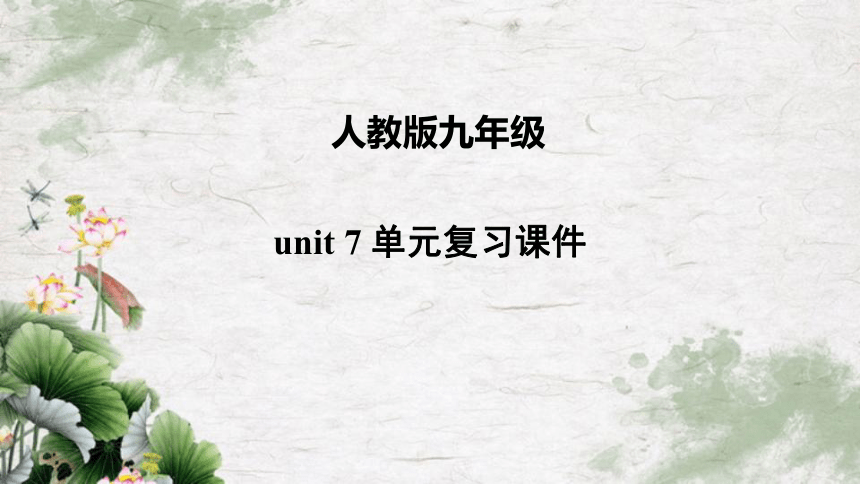 | |
| 格式 | pptx | ||
| 文件大小 | 359.8KB | ||
| 资源类型 | 教案 | ||
| 版本资源 | 人教新目标(Go for it)版 | ||
| 科目 | 英语 | ||
| 更新时间 | 2024-01-05 12:32:37 | ||
图片预览

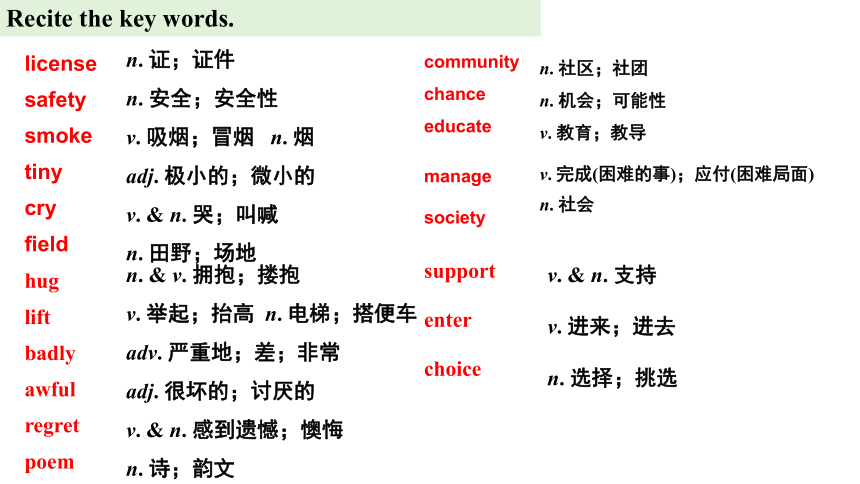
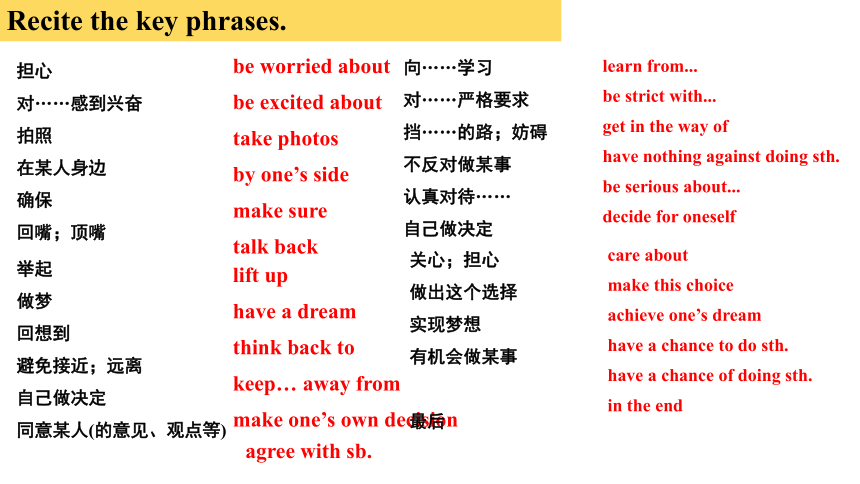
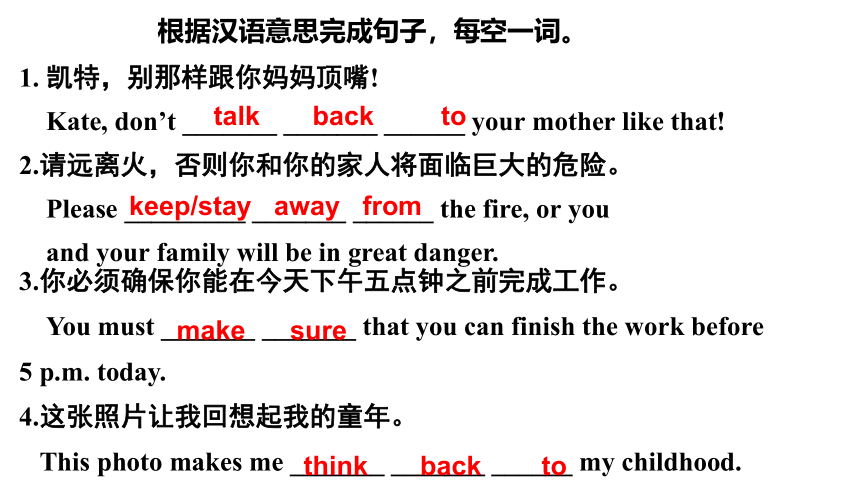
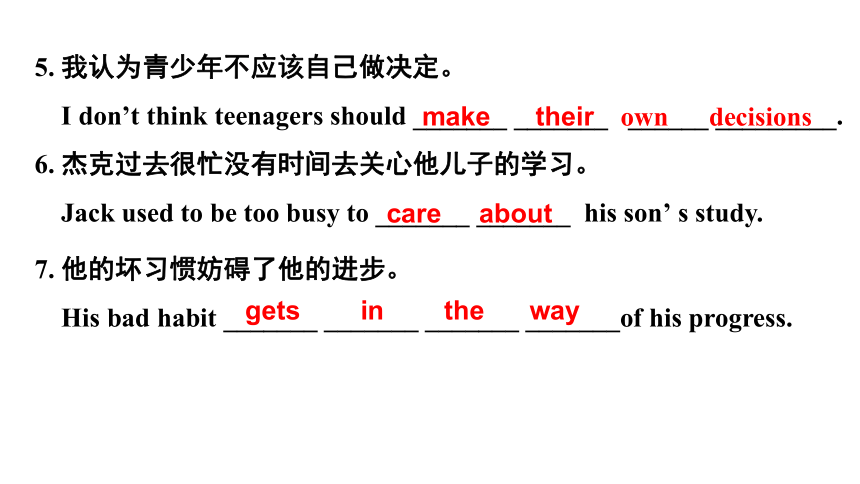
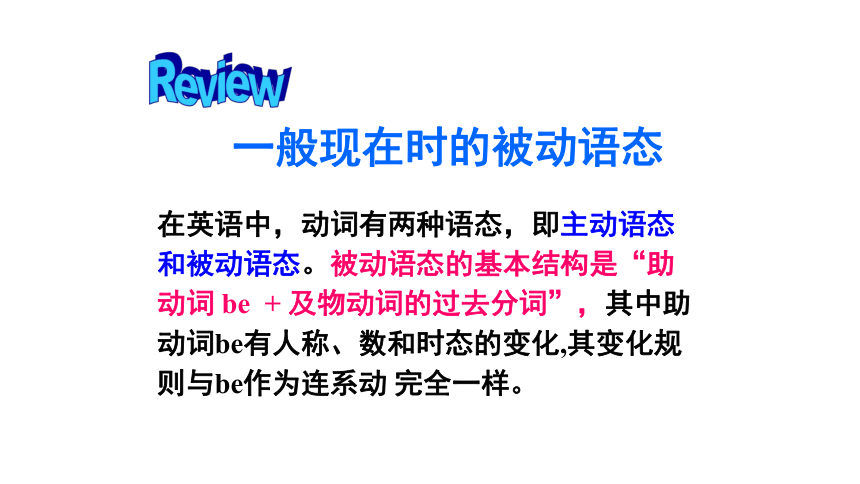
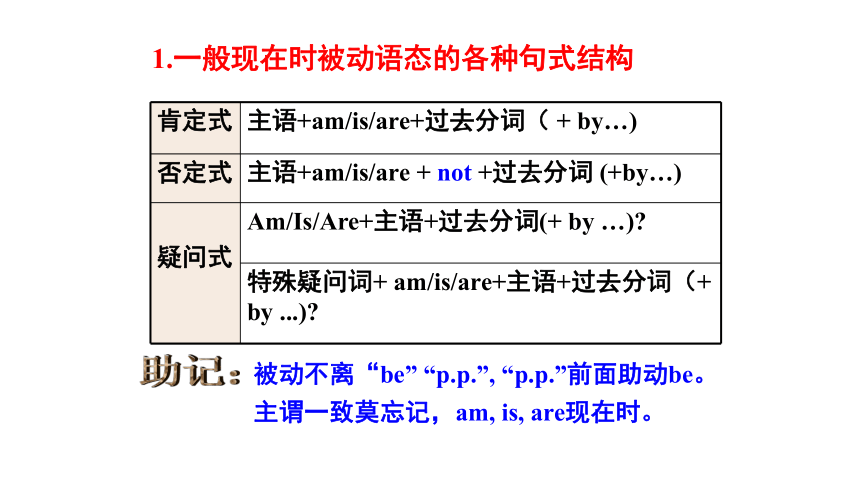
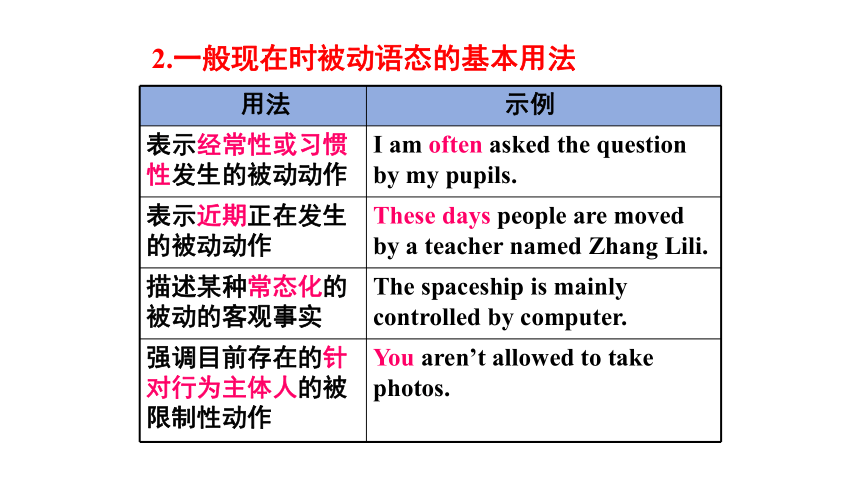

文档简介
(共21张PPT)
人教版九年级
unit 7 单元复习课件
Recite the key words.
n. 证;证件
n. 安全;安全性
v. 吸烟;冒烟 n. 烟
adj. 极小的;微小的
v. & n. 哭;叫喊
n. 田野;场地
license
safety
smoke
tiny
cry
field
n. & v. 拥抱;搂抱
v. 举起;抬高 n. 电梯;搭便车
adv. 严重地;差;非常
adj. 很坏的;讨厌的
v. & n. 感到遗憾;懊悔
n. 诗;韵文
hug
lift
badly
awful
regret
poem
n. 社区;社团
n. 机会;可能性
v. 教育;教导
v. 完成(困难的事);应付(困难局面)
n. 社会
community
chance
educate
manage
society
v. & n. 支持
v. 进来;进去
n. 选择;挑选
support
enter
choice
Recite the key phrases.
担心
对……感到兴奋
拍照
在某人身边
确保
回嘴;顶嘴
be worried about
be excited about
take photos
by one’s side
make sure
talk back
举起
做梦
回想到
避免接近;远离
自己做决定
同意某人(的意见、观点等)
lift up
have a dream
think back to
keep… away from
make one’s own decision
agree with sb.
向……学习
对……严格要求
挡……的路;妨碍
不反对做某事
认真对待……
自己做决定
learn from...
be strict with...
get in the way of
have nothing against doing sth.
be serious about...
decide for oneself
关心;担心
做出这个选择
实现梦想
有机会做某事
最后
care about
make this choice
achieve one’s dream
have a chance to do sth.
have a chance of doing sth.
in the end
1. 凯特,别那样跟你妈妈顶嘴!
Kate, don’t _______ _______ ______ your mother like that!
2.请远离火,否则你和你的家人将面临巨大的危险。
Please _________ _______ ______ the fire, or you
and your family will be in great danger.
根据汉语意思完成句子,每空一词。
talk back to
keep/stay away from
3.你必须确保你能在今天下午五点钟之前完成工作。
You must _______ _______ that you can finish the work before 5 p.m. today.
4.这张照片让我回想起我的童年。
This photo makes me _______ _______ ______ my childhood.
make sure
think back to
5. 我认为青少年不应该自己做决定。
I don’t think teenagers should _______ _______ ______ _________.
6. 杰克过去很忙没有时间去关心他儿子的学习。
Jack used to be too busy to _______ _______ his son’ s study.
make their
care about
own decisions
7. 他的坏习惯妨碍了他的进步。
His bad habit _______ _______ _______ _______of his progress.
gets in the way
Review
一般现在时的被动语态
在英语中,动词有两种语态,即主动语态和被动语态。被动语态的基本结构是“助动词 be + 及物动词的过去分词”,其中助动词be有人称、数和时态的变化,其变化规则与be作为连系动 完全一样。
1.一般现在时被动语态的各种句式结构
肯定式 主语+am/is/are+过去分词( + by…)
否定式 主语+am/is/are + not +过去分词 (+by…)
疑问式 Am/Is/Are+主语+过去分词(+ by …)
特殊疑问词+ am/is/are+主语+过去分词(+ by ...)
助记:
被动不离“be” “p.p.”, “p.p.”前面助动be。
主谓一致莫忘记,am, is, are现在时。
2.一般现在时被动语态的基本用法
用法 示例
表示经常性或习惯性发生的被动动作 I am often asked the question by my pupils.
表示近期正在发生的被动动作 These days people are moved by a teacher named Zhang Lili.
描述某种常态化的被动的客观事实 The spaceship is mainly controlled by computer.
强调目前存在的针对行为主体人的被 限制性动作 You aren’t allowed to take photos.
A:When was the zipper invented B:It was invented in 1893.
A:Who was it invented by B:It was invented by Whitcomb Judson.
A:When was tea brought to Korea B:It was brought to Korea during 6th and 7th centuries.
A:When were the shoes with lights invented B:They were invented last year.
A:What is the hot ice-cream used for B:It's used for serving really cold ice-cream.
Active Voice 主动语态 _____________________invented _____________ in 1876
Passive Voice 被动语态 The telephone was invented (by Alexander Graham Bell)in 1876.
Alexander Graham Bell
the telephone
subject 主语
object 宾语
宾变主,谓被动,主语放在by后
3. 主动语态变为被动语态的方法
时态 谓语动词形式
一般现在时 am/is/are+ done
一般过去时 was/were + done
一般将来时 will be done/ be (am,is,are) going to+ be done
现在进行时 am/is/are+ being done
过去进行时 was/were+ done
现在完成时 have/has+ been done
过去完成时 had + been done
过去将来时 Would be done/be(was,were)going to +be done
含有情态动词的被动语态
1. 含有情态动词的被动语态的句式结构
肯定句:
主语+情态动词+be+及物动词的过去分词+其他.
否定句:
主语 + 情态动词 + be + not + 及物动词的过去分词 +其他.
一般疑问句及答语:
情态动词+主语+be+及物动词的过去分词+其他
肯定回答:Yes, 主语+情态动词.
否定回答:No, 主语+情态动词+not.
特殊疑问词+情态动词+主语+be+及物动词的过去分词+其他
特殊疑问句:
(1)主动句中的宾语变为被动句中的主语;
(2)主动句中的谓语变为“情态动词+be+及物
动词的过去分词”;
(3)主动句中的主语变为介词by 的宾语, by 短
语常可省略。
2.含有情态动词的主动句变为被动句时,主要遵
循如下三点:
主动句:We should complete the work today.
被动句:The work should be completed(by us) today.
示例如下:
主语
谓语
宾语
Let’s write
假定你是李雷,请你对英国朋友Bruce的邮件进行回复。你可以根据邮件内容作适当发挥;邮件中不得出现真实的姓名和校名;词数:80~100;短文首句仅供选择使用,不计入总词数。
Hi, there, Li Lei!
I’m really excited about going to be at your school for the exchange visit later this year—hope you are too!
But the thing is, I really don’t want to do the wrong thing while I’m there and especially at the school, so I’m wondering if you could tell me a bit about the rules, about phones, clothes, food...
Could you send me a quick email I’d love to hear from you.
Love,
Bruce
谋篇布局
开篇点题
具体介绍校规
表达期望
Hope this helps.
Tell me if there’s anything else you want to know.
We are asked to be …
Besides, … should be …
Also, it’s necessary to …
We are not allowed to …
… mustn’t be brought to …
Only … are we allowed to …
What’s more…
… be worried too much about …
I am glad to tell you something about …
be worried about 担心 make sure 确保;务必
talk back 回嘴;顶嘴
keep … away from 避免接近;远离
agree with sb. 同意某人(的意见、观点等)
be strict with sb. 对某人要求严格
get in the way of 挡……的路;妨碍
have nothing against(doing)sth. 不反对(做)某事
be serious about … 认真对待……
积句成篇
弄清楚
Hi, Bruce!
Thanks for your email . I’m looking forward to the exchange too! You don’t need to be worried too much about the school rules. I am glad to tell you something about them.
We are asked to be strict with ourselves and be serious about the homework. Besides, school uniforms should be worn every day. Also, it’s
necessary to come to school on time. We are not allowed to use mobile phones at school. Any food mustn’t be brought to class. Only in the dining hall are we allowed to eat. What’s more, to keep our safety, we are not allowed to run after other students in the school hallways.
Hope this helps. Tell me if there’s anything else you want to know.
Love,
Li Lei
人教版九年级
unit 7 单元复习课件
Recite the key words.
n. 证;证件
n. 安全;安全性
v. 吸烟;冒烟 n. 烟
adj. 极小的;微小的
v. & n. 哭;叫喊
n. 田野;场地
license
safety
smoke
tiny
cry
field
n. & v. 拥抱;搂抱
v. 举起;抬高 n. 电梯;搭便车
adv. 严重地;差;非常
adj. 很坏的;讨厌的
v. & n. 感到遗憾;懊悔
n. 诗;韵文
hug
lift
badly
awful
regret
poem
n. 社区;社团
n. 机会;可能性
v. 教育;教导
v. 完成(困难的事);应付(困难局面)
n. 社会
community
chance
educate
manage
society
v. & n. 支持
v. 进来;进去
n. 选择;挑选
support
enter
choice
Recite the key phrases.
担心
对……感到兴奋
拍照
在某人身边
确保
回嘴;顶嘴
be worried about
be excited about
take photos
by one’s side
make sure
talk back
举起
做梦
回想到
避免接近;远离
自己做决定
同意某人(的意见、观点等)
lift up
have a dream
think back to
keep… away from
make one’s own decision
agree with sb.
向……学习
对……严格要求
挡……的路;妨碍
不反对做某事
认真对待……
自己做决定
learn from...
be strict with...
get in the way of
have nothing against doing sth.
be serious about...
decide for oneself
关心;担心
做出这个选择
实现梦想
有机会做某事
最后
care about
make this choice
achieve one’s dream
have a chance to do sth.
have a chance of doing sth.
in the end
1. 凯特,别那样跟你妈妈顶嘴!
Kate, don’t _______ _______ ______ your mother like that!
2.请远离火,否则你和你的家人将面临巨大的危险。
Please _________ _______ ______ the fire, or you
and your family will be in great danger.
根据汉语意思完成句子,每空一词。
talk back to
keep/stay away from
3.你必须确保你能在今天下午五点钟之前完成工作。
You must _______ _______ that you can finish the work before 5 p.m. today.
4.这张照片让我回想起我的童年。
This photo makes me _______ _______ ______ my childhood.
make sure
think back to
5. 我认为青少年不应该自己做决定。
I don’t think teenagers should _______ _______ ______ _________.
6. 杰克过去很忙没有时间去关心他儿子的学习。
Jack used to be too busy to _______ _______ his son’ s study.
make their
care about
own decisions
7. 他的坏习惯妨碍了他的进步。
His bad habit _______ _______ _______ _______of his progress.
gets in the way
Review
一般现在时的被动语态
在英语中,动词有两种语态,即主动语态和被动语态。被动语态的基本结构是“助动词 be + 及物动词的过去分词”,其中助动词be有人称、数和时态的变化,其变化规则与be作为连系动 完全一样。
1.一般现在时被动语态的各种句式结构
肯定式 主语+am/is/are+过去分词( + by…)
否定式 主语+am/is/are + not +过去分词 (+by…)
疑问式 Am/Is/Are+主语+过去分词(+ by …)
特殊疑问词+ am/is/are+主语+过去分词(+ by ...)
助记:
被动不离“be” “p.p.”, “p.p.”前面助动be。
主谓一致莫忘记,am, is, are现在时。
2.一般现在时被动语态的基本用法
用法 示例
表示经常性或习惯性发生的被动动作 I am often asked the question by my pupils.
表示近期正在发生的被动动作 These days people are moved by a teacher named Zhang Lili.
描述某种常态化的被动的客观事实 The spaceship is mainly controlled by computer.
强调目前存在的针对行为主体人的被 限制性动作 You aren’t allowed to take photos.
A:When was the zipper invented B:It was invented in 1893.
A:Who was it invented by B:It was invented by Whitcomb Judson.
A:When was tea brought to Korea B:It was brought to Korea during 6th and 7th centuries.
A:When were the shoes with lights invented B:They were invented last year.
A:What is the hot ice-cream used for B:It's used for serving really cold ice-cream.
Active Voice 主动语态 _____________________invented _____________ in 1876
Passive Voice 被动语态 The telephone was invented (by Alexander Graham Bell)in 1876.
Alexander Graham Bell
the telephone
subject 主语
object 宾语
宾变主,谓被动,主语放在by后
3. 主动语态变为被动语态的方法
时态 谓语动词形式
一般现在时 am/is/are+ done
一般过去时 was/were + done
一般将来时 will be done/ be (am,is,are) going to+ be done
现在进行时 am/is/are+ being done
过去进行时 was/were+ done
现在完成时 have/has+ been done
过去完成时 had + been done
过去将来时 Would be done/be(was,were)going to +be done
含有情态动词的被动语态
1. 含有情态动词的被动语态的句式结构
肯定句:
主语+情态动词+be+及物动词的过去分词+其他.
否定句:
主语 + 情态动词 + be + not + 及物动词的过去分词 +其他.
一般疑问句及答语:
情态动词+主语+be+及物动词的过去分词+其他
肯定回答:Yes, 主语+情态动词.
否定回答:No, 主语+情态动词+not.
特殊疑问词+情态动词+主语+be+及物动词的过去分词+其他
特殊疑问句:
(1)主动句中的宾语变为被动句中的主语;
(2)主动句中的谓语变为“情态动词+be+及物
动词的过去分词”;
(3)主动句中的主语变为介词by 的宾语, by 短
语常可省略。
2.含有情态动词的主动句变为被动句时,主要遵
循如下三点:
主动句:We should complete the work today.
被动句:The work should be completed(by us) today.
示例如下:
主语
谓语
宾语
Let’s write
假定你是李雷,请你对英国朋友Bruce的邮件进行回复。你可以根据邮件内容作适当发挥;邮件中不得出现真实的姓名和校名;词数:80~100;短文首句仅供选择使用,不计入总词数。
Hi, there, Li Lei!
I’m really excited about going to be at your school for the exchange visit later this year—hope you are too!
But the thing is, I really don’t want to do the wrong thing while I’m there and especially at the school, so I’m wondering if you could tell me a bit about the rules, about phones, clothes, food...
Could you send me a quick email I’d love to hear from you.
Love,
Bruce
谋篇布局
开篇点题
具体介绍校规
表达期望
Hope this helps.
Tell me if there’s anything else you want to know.
We are asked to be …
Besides, … should be …
Also, it’s necessary to …
We are not allowed to …
… mustn’t be brought to …
Only … are we allowed to …
What’s more…
… be worried too much about …
I am glad to tell you something about …
be worried about 担心 make sure 确保;务必
talk back 回嘴;顶嘴
keep … away from 避免接近;远离
agree with sb. 同意某人(的意见、观点等)
be strict with sb. 对某人要求严格
get in the way of 挡……的路;妨碍
have nothing against(doing)sth. 不反对(做)某事
be serious about … 认真对待……
积句成篇
弄清楚
Hi, Bruce!
Thanks for your email . I’m looking forward to the exchange too! You don’t need to be worried too much about the school rules. I am glad to tell you something about them.
We are asked to be strict with ourselves and be serious about the homework. Besides, school uniforms should be worn every day. Also, it’s
necessary to come to school on time. We are not allowed to use mobile phones at school. Any food mustn’t be brought to class. Only in the dining hall are we allowed to eat. What’s more, to keep our safety, we are not allowed to run after other students in the school hallways.
Hope this helps. Tell me if there’s anything else you want to know.
Love,
Li Lei
同课章节目录
- Unit 1 How can we become good learners.
- Section A
- Section B
- Unit 2 I think that mooncakes are delicious!
- Section A
- Section B
- Unit 3 Could you please tell me where the restroom
- Section A
- Section B
- Unit 4 I used to be afraid of the dark.
- Section A
- Section B
- Unit 5 What are the shirts made of?
- Section A
- Section B
- Review of Units 1-5
- Unit 6 When was it invented?
- Section A
- Section B
- Unit 7 Teenagers should be allowed to choose their
- Section A
- Section B
- Unit 8 It must belong to Carla.
- Section A
- Section B
- Unit 9 I like music that I can dance to.
- Section A
- Section B
- Unit 10 You're supposed to shake hands.
- Section A
- Section B
- Review of Units 6-10
- Unit 11 Sad movies make me cry.
- Section A
- Section B
- Unit 12 Life is full of the unexpected
- Section A
- Section B
- Unit 13 We're trying to save the earth!
- Section A
- Section B
- Unit 14 I remember meeting all of you in Grade 7.
- Section A
- Section B
- Review of Units 11-14
